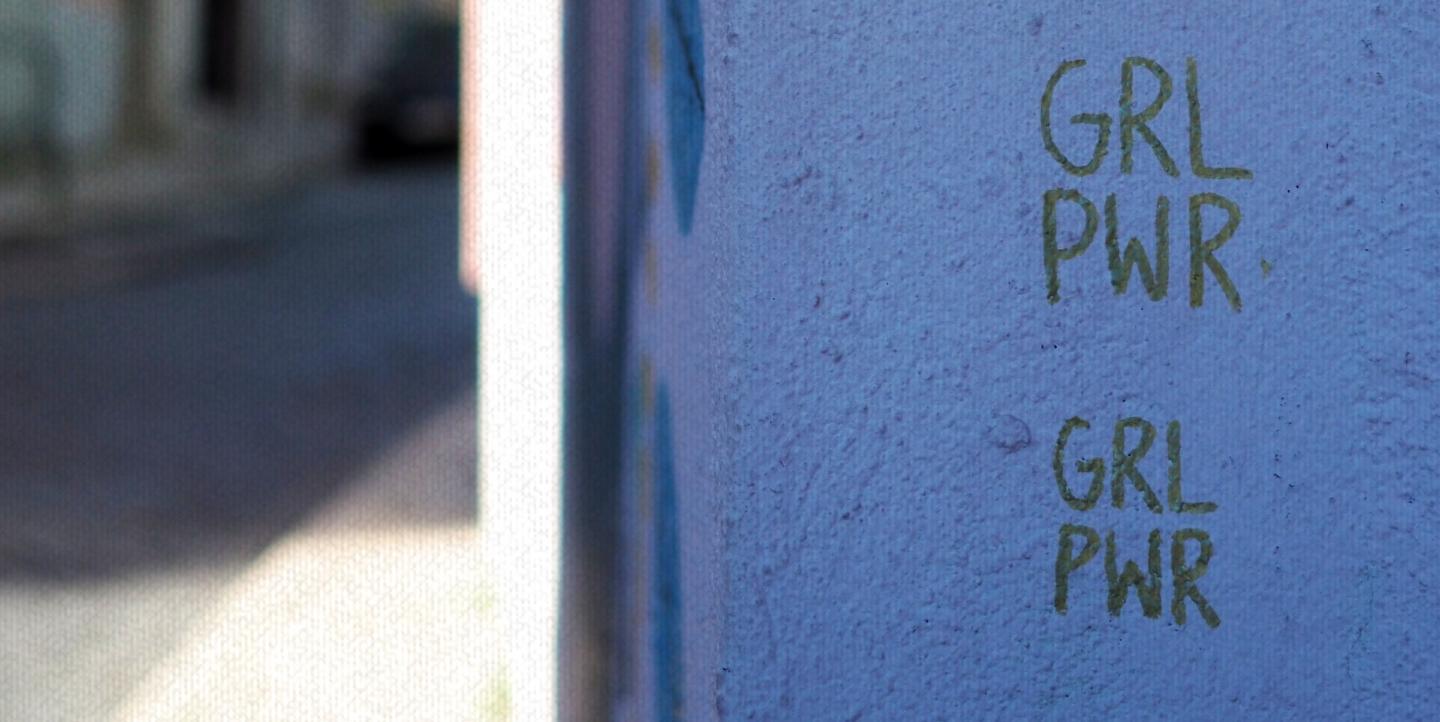This piece, written by Isabel González Ramírez is part of a series of articles by Chicas Poderosas (Powerful Girls), a global community that promotes female leadership and generates knowledge. Read other articles by Chicas Poderosas here, and join the community on Twitter, Instagram and Facebook.
Journalism is a profession built on objectivity, but there is little consensus about what this actually looks like. As women journalists more widely embrace feminism, they are challenging this objectivity in new ways. To keep up, newsrooms would be wise to fill gender editor positions on their teams.
Women journalists play a large role in the news ecosystem, especially in Latin America where women founded almost 40% of digital native media outlets, according to SembraMedia’s Inflection Point study. Many of these reporters are organizing around their feminist ideologies, saying loudly, “I am a feminist, and a journalist,” despite the pushback they often receive.
Feminist journalism allows us to tell new, more complete and equitable stories on topics that are undeniably on people’s minds today such as sexual abuse, reproductive health, feminicides and glass ceilings.
In May, more than 500 journalists gathered in Ecuador for Zarelia, the first feminist journalism festival, representing 90 digital media outlets in 13 different countries.
At Zarelia, women shared feminist journalism methodologies, built transnational and collaborative agendas and identified situations where they felt at risk. Many women journalists have faced online and offline gender violence, such as harassment, both from their colleagues, their sources or the audience, as this report by researcher Julie Posetti points out.
In one of the festival’s workshops, organized by Chicas Poderosas, attendees discussed their own experience facing threats, being sexually assaulted or being doxxed online. In addition, women at the workshop discussed less explicit forms of gender-based harassment, including when publishers fail to report on issues related to gender because they underestimate the audience’s interest or fail to see the benefit of covering it.
Catalina Ruiz Navarro is the editor of Volcanica, the feminist section of Nómada in Guatemala. She recently did an investigation to report several cases of sexual harassment and abuse of fellow journalists by her former boss, Martín Rodríguez Pellecer. During a panel, she explained why she considers herself a feminist, and why it is critical to her work. Traditional journalism — refusing to consider oneself feminist — is not impartial, she said, "but is activism for the status quo."
Issues related to gender require specialized knowledge and have their own language to account for the current historical moment. Gender editors have emerged in the newsrooms to ensure that content ceases to promote stereotypes, and to analyze the structural reasons behind violence against women and LGBTQ+ people. This role has emerged alongside other positions that did not exist in media before.
No one thinks twice as news outlets hire audience editors in the 21st century. It’s a position that has a specialized language, it’s own metrics and specific parameters that are related to monitoring and incrementing media outlets’ followers.
However, to demand a gender editor is far less widely accepted, although both positions give the media outlet guidelines on how to behave within a reality that is not easily understood. Gender editors are especially important now when feminist movements in Latin America such as #NiUnaMenos, #MeToo or #ElVioladorEresTú have led to increased visibility of gender-based violence. For years, violence against women was a secondary issue in the media, or was only addressed through sensational reports in which, for example, femicide was considered a “crime of passion,” without delving into the structural reasons that led to men ending women's lives.
In 2017, The New York Times became one of the first newsrooms to create a gender editor position. Spanish newspaper El País followed in 2018. In Latin America, Brazilian newspaper Folha de Sao Paulo and Argentinian publications Infobae and Clarín created new editorial positions dedicated to diversity and gender in 2019.
Even earlier, self-described “feminist media outlets” were created, like Pikara Magazine (2010) in Spain, Cosecha Roja (2010) in Argentina and Agencia Pública (2011) in Brazil. But since 2017, many feminist and gender-oriented journalism initiatives have emerged in Latin America such as La Periódica, Latfem, Volcánica, Kaja Negra, Managua Furiosa, among others.
“All the decisions we make when producing a story are subjective,” says Natalia Arenas, editor at Cosecha Roja, based in Argentina, where reproductive rights like abortion are not guaranteed for women. Identifying as a feminist journalist is to “take a stand, and state clearly the place from which we are informing: from our own desire to have full rights over our bodies,” she explains.
Andrea Dip, editor at Agência Pública, emphasizes that amid attacks on the rights of women and LGBTQ+ people, as promoted by the Brazilian government, it’s important for journalists to report on these issues, and doing so makes them feminists.
Main image CC-licensed by Unsplash via Arièle Bonte.

